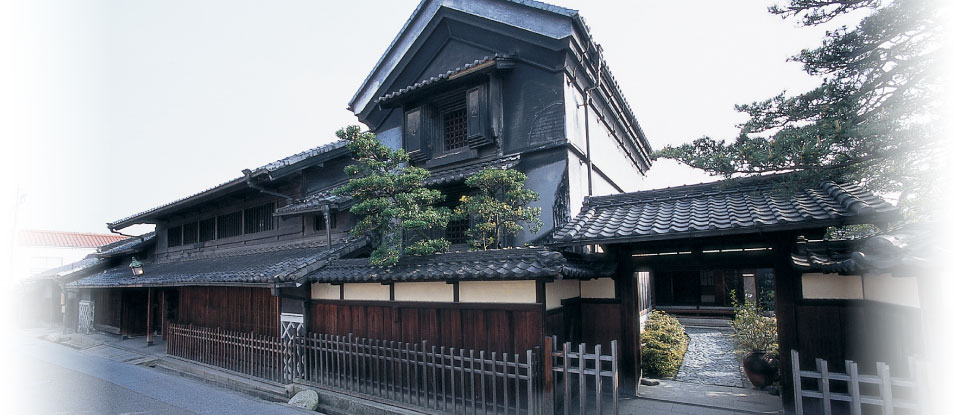
The basic technique of Arimatsu Shibori is to draw a design on a piece of fabric (usually silk or cotton) then to tie very tight knots and dye the fabric. The dye doesn't penetrate the knots, which allows for beautiful patterns to form once the fabrics are untied. By repeating this process many times, various colored patterns can be produced; although the original Arimatsu Shibori is a single Indigo blue color.

Engraving
First, the pattern is placed on a persimmon tannin paper, and small holes of two to three millimeters are made using iron punches in the "katabori" process. This process requires precise and accurate carving.
This pattern is then applied to white fabric using washable blue ink as preparation for making the knots.
Through its long history TAKEDA KAHEI assembled more than 10,000 different patterns.

Knot Tying
Moreover, each artisan is specialized in one type of knots producing one specific pattern so when different patterns are required, different artisans will be working on the same cloth.
It takes about three years to complete the fundamental training. The degree of ability, skill, creativity and craftsmanship will be very clear to see, even when making the exact same pattern.
About 100 types of knots are being used knowadays, but the due to the decreasing number of craftsmen, this know-how is in danger of being lost.
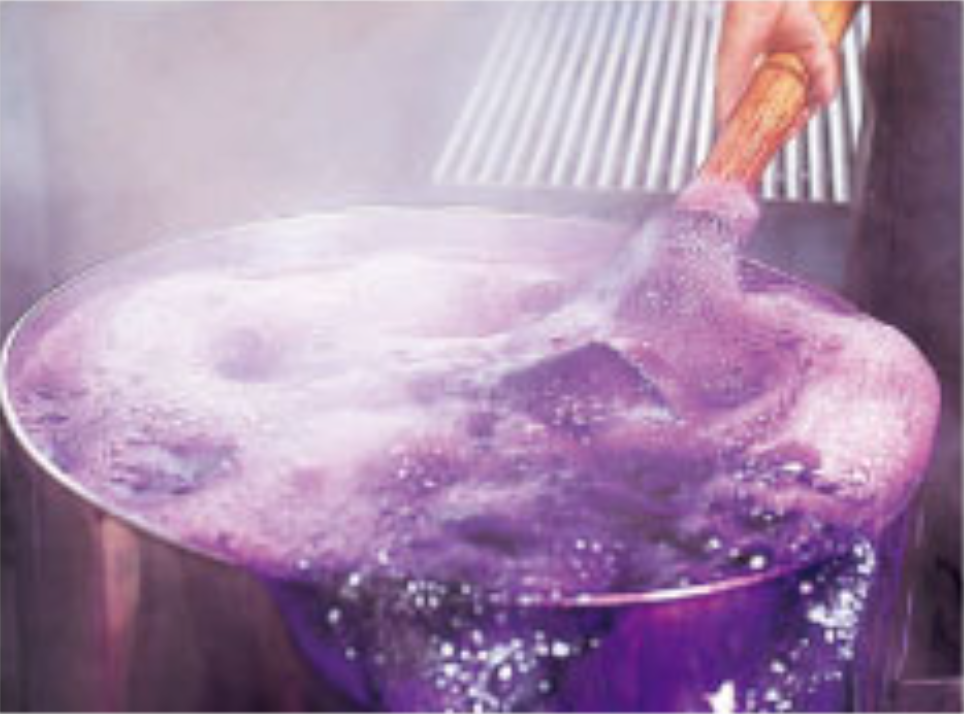
Dyeing
The cloth is first soaked in warm water to remove the underpaint from the engraving process.
The knots are then soaked ina cauldron of melted dye. The most suitable dyes and auxiliaries are used for each fabric to be dyed, and the amount of dyes and dyeing methods vary depending on the application, weather conditions, and other factors.
The timing of pulling up the cloth depends on the skill of the dyeing artisan, and this is the moment when longtime experience and intuition come into play.
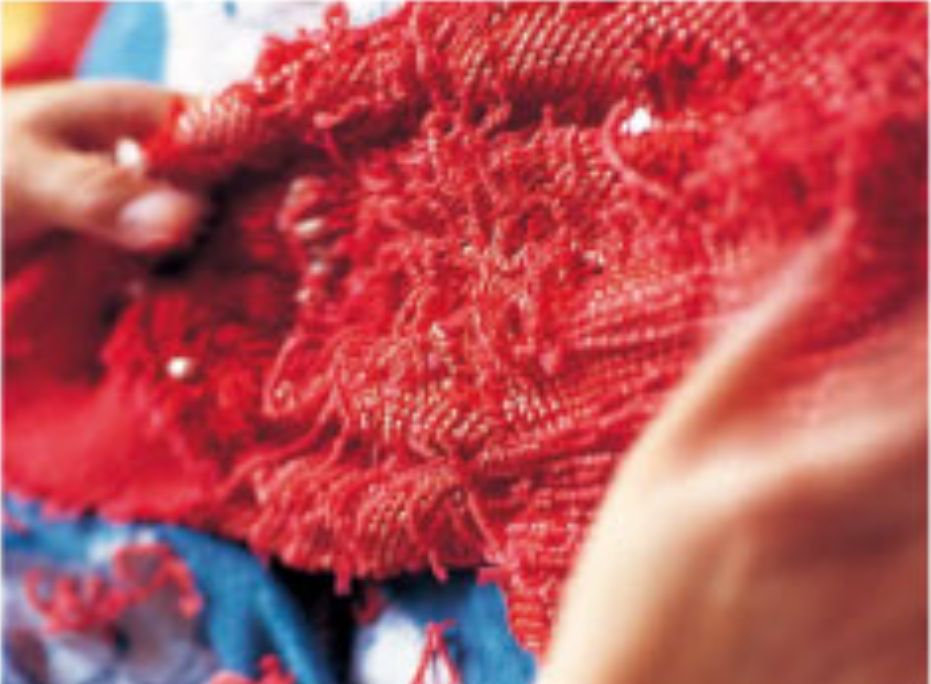
Drying and Untying
The dyed cloth is then washed three times in water, dehydrated in a dehydrator, and dried in the sun.
The untying is one of the most important part of the process. It is vital not to distort the material otherwise months of work will go to waste.
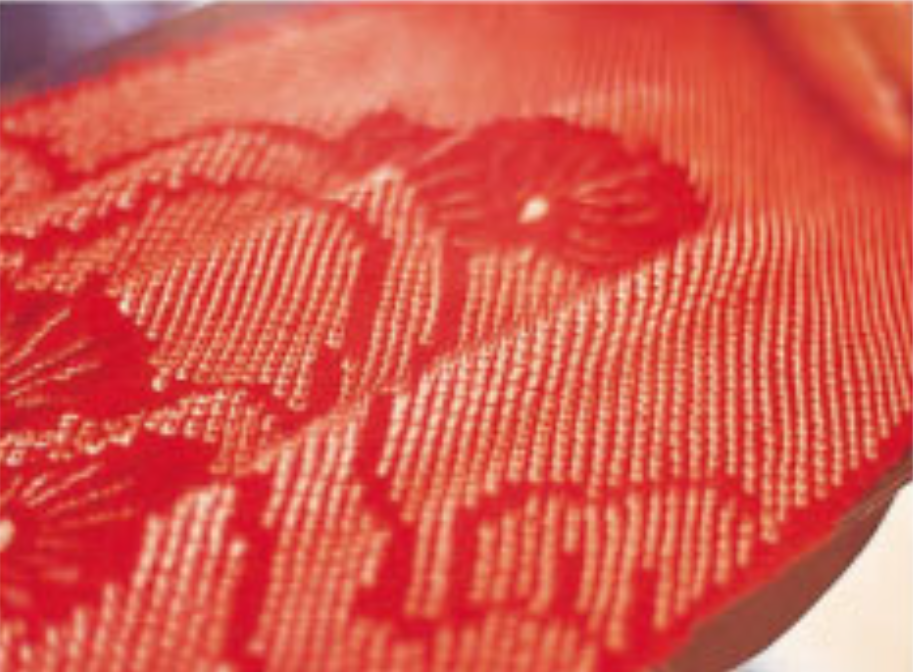
Finishing
Finally, the material is steamed and stretched to remove creases.
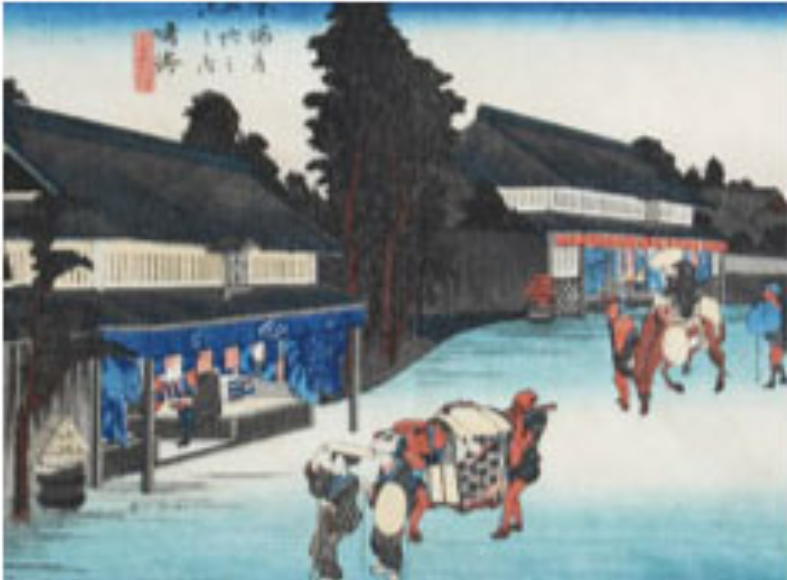
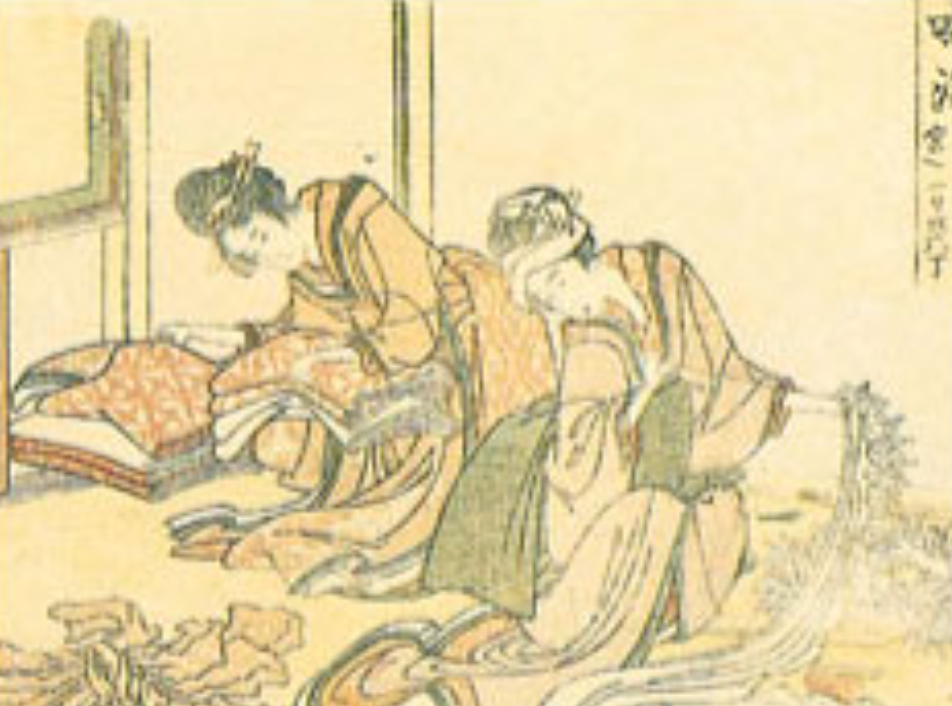
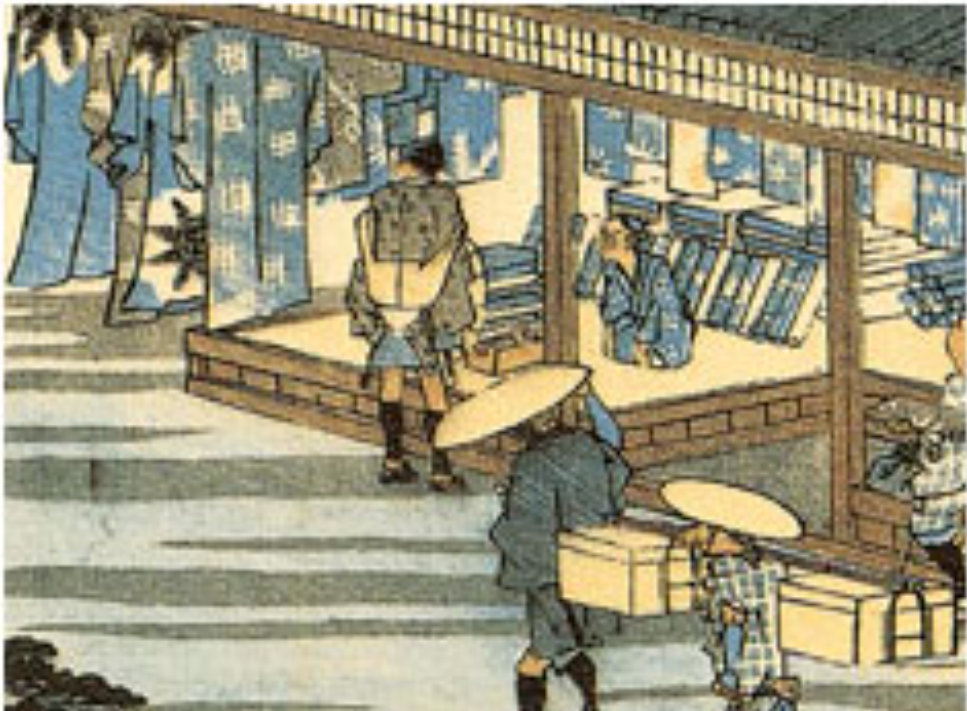
History of Arimatsu Tie Deying
Shibori is a method of tie-dyeing that arrived in Japan about 1300 ago from China, that was popular for dying kimono. The technique of Arimatsu tie dyeing first started with Shokuro Takeda. He noticed that workers from southern Japan employed for the construction of Nagoya castle used tenugui cloth with unusual patterns. This inspired him to develop his own patterns using tie dyeing techniques. Takeda later moved to the city of Arimatsu, which then gave the name to this craft
.
In 1872, Takeda Kahei decided to keep on the family tradition and opened the Takeda Kahei Shouten shop. Nowadays, the shop is still owned by the Takeda family and keeps on using the same hand-made traditional techniques to create many products from yukata summer kimono, tenugui cloths and accessories.
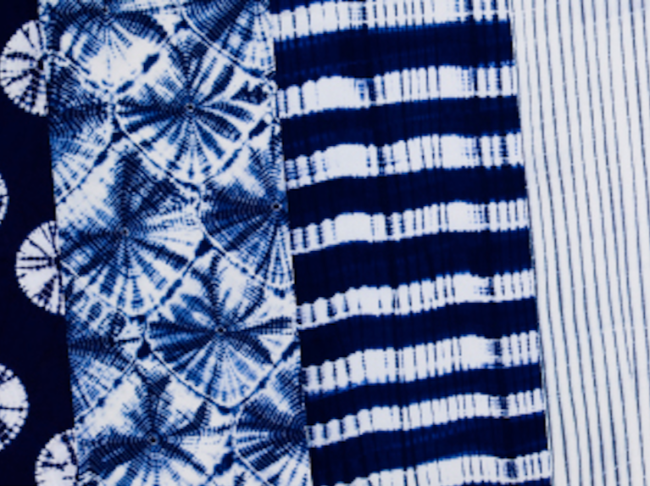
"Tenugui", first created during the Heian period (AD 794 - 1192), is often translated as "Japanese towel", but this translation fails to cover their versatility and cultural significance.
Tenugui are not only used as hand towels and handkerchiefs, but also function as fashion items, gift wrapping, souvenirs, sweat bands and padding (e.g. in the martial arts kendo), and of course as decorative items due to their often beautiful, funny or nostalgic patterns.

